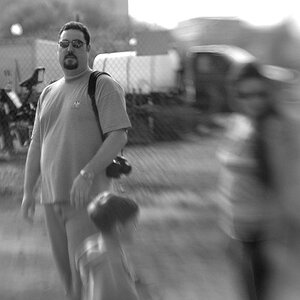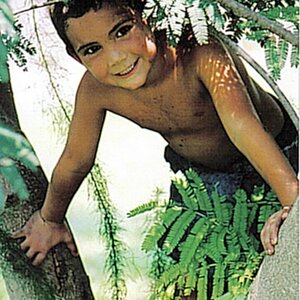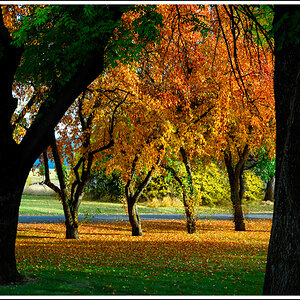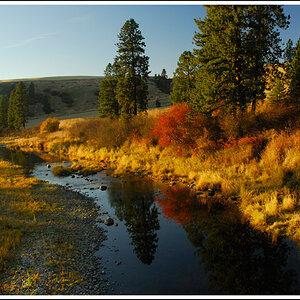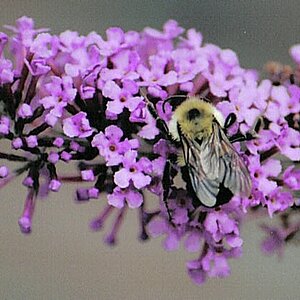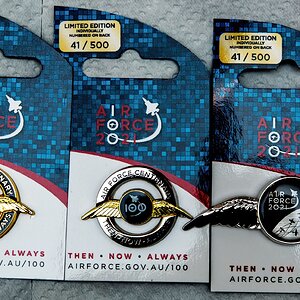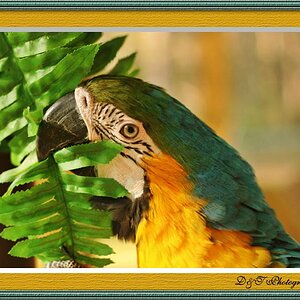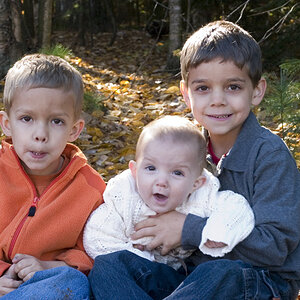Hello,
I have the DJI Mavic Pro 1 and wanted to shoot long exposure waterfall drone pictures.
1) Is shooting at 1 sec with the Mavic too slow for a rushing waterfall during daylight? I want to get that silky smooth water motion blur but for everything else to be sharp.
2) Should I be using Tripod mode versus normal?
3) Seems like NDs go by 4, 8, 16, etc. Which individual ones or set should I get? I'd hate to waste battery life & time switching on and off different ND filters. Is there like a general rule (eg. harsh sun use 32, while overcast use 16).
Thanks!
I have the DJI Mavic Pro 1 and wanted to shoot long exposure waterfall drone pictures.
1) Is shooting at 1 sec with the Mavic too slow for a rushing waterfall during daylight? I want to get that silky smooth water motion blur but for everything else to be sharp.
2) Should I be using Tripod mode versus normal?
3) Seems like NDs go by 4, 8, 16, etc. Which individual ones or set should I get? I'd hate to waste battery life & time switching on and off different ND filters. Is there like a general rule (eg. harsh sun use 32, while overcast use 16).
Thanks!



